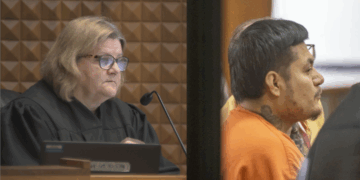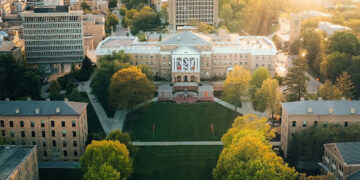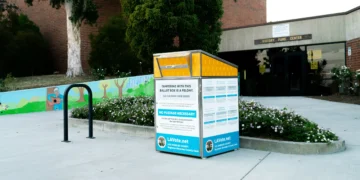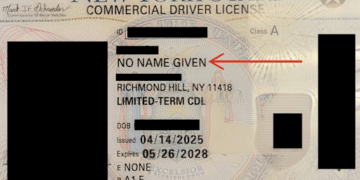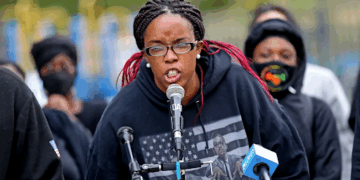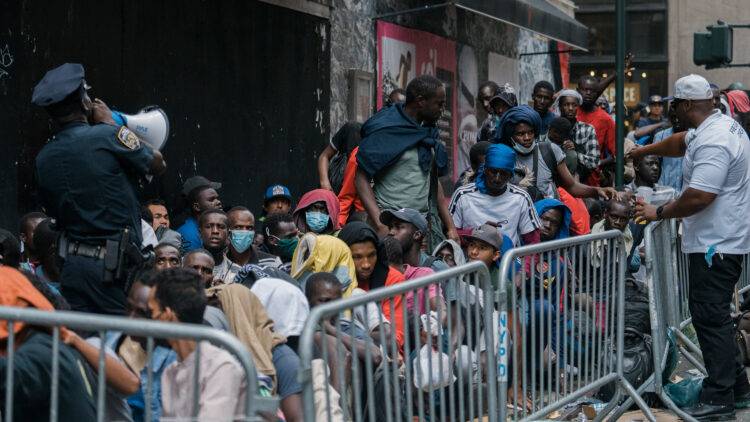As the country grapples with the challenges of illegal immigration and open borders, a less obvious but equally pressing issue is overlooked: the impact on housing prices. The influx of illegal immigrants is creating new demand for housing, pushing prices upward and making it increasingly difficult for American citizens to afford a place to live. This article examines the critical connection between illegal immigration and the rising cost of living, highlighting how this trend is squeezing the housing market and affecting everyday Americans.
The arrival of illegal immigrants adds significant pressure to the housing market. With more individuals and families seeking to be accommodated, sometimes at the public expense, the demand for housing naturally increases. However, the supply of available housing does not expand at the same rate. This mismatch between supply and demand leads to higher prices, as more people compete for the same limited number of homes and rental units. With the intensity and growth of illegal immigration, the housing shortage makes it worse.
Illegal immigrants often find themselves in the rental market, where they compete with American citizens for available properties. This heightened competition drives up rental prices, making it more challenging for American citizens to find affordable housing. In cities and towns where housing is already scarce, the influx of illegal immigrants can exacerbate an already difficult situation, pushing rents to unaffordable levels for many low- and middle-income families.
Public housing programs designed to assist low-income citizens are also feeling the strain. With more individuals requiring housing assistance, resources are stretched thin. Illegal immigrants often become part of the system, competing with citizens for limited public housing units. This can lead to longer wait times and fewer available units for those who are legally entitled to this assistance, further straining an already overburdened system.
The increased demand for housing can lead to gentrification, where neighborhoods undergo rapid change as wealthier residents move in, driving up property values and rents. Illegal immigrants, seeking affordable housing, may move into lower-income neighborhoods, contributing to the gentrification process. This can result in the displacement of long-time residents who can no longer afford to live in their communities, altering the social fabric and economic stability of these areas.
As housing costs rise, American families are forced to allocate a larger portion of their income to securing a place to live. This reduces disposable income, limiting their ability to spend on other essential goods and services, and can lead to a decline in overall quality of life. Higher housing costs can also force families into less desirable living conditions, impacting their health, education, and overall well-being.
Addressing the housing crisis exacerbated by illegal immigration requires a multi-faceted approach. Stricter immigration enforcement can help reduce the influx of illegal immigrants, thereby easing the pressure on the housing market. Additionally, increasing the supply of affordable housing through deregulation, reforming zoning can also help meet demand. Policies that prioritize American citizens’ access to housing resources and ensure fair competition in the rental market are essential to protect the interests of American families.
The connection between illegal immigration and rising housing costs is a critical issue that cannot be overlooked. As more illegal immigrants enter the country and seek housing, the increased demand drives up prices, making it harder for American citizens to afford a home.


